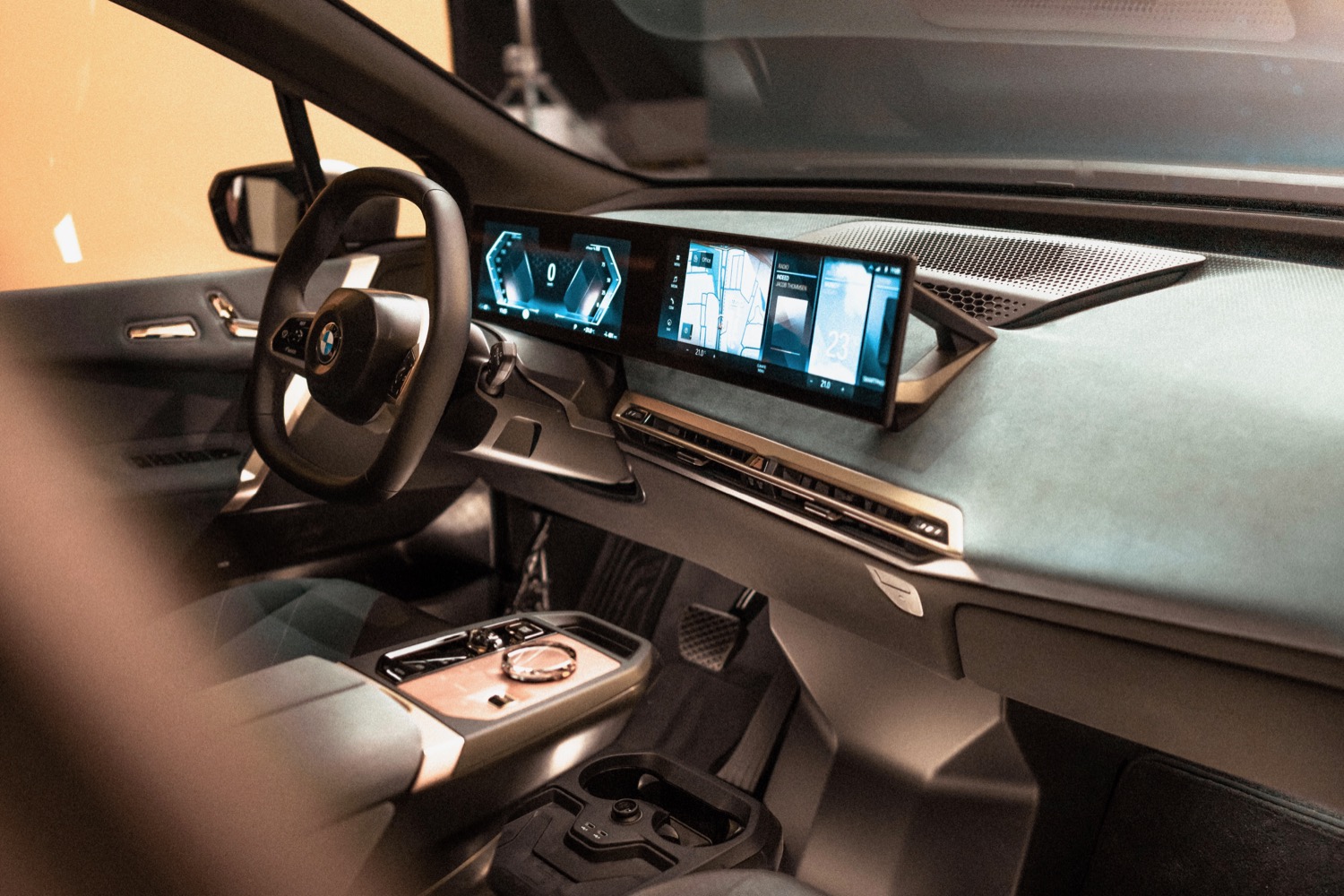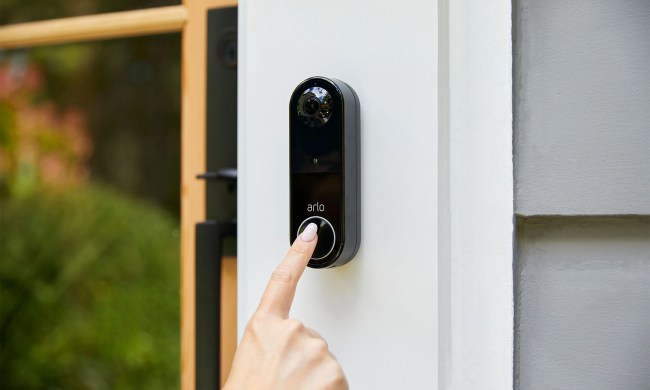BMW iDrive was one of the first automotive infotainment systems, debuting in 2001 on the 7 Series luxury car. To celebrate iDrive’s 20th anniversary, BMW previewed the next-generation system — set to debut in the iX electric car — at CES 2021.
While the automaker’s presentation focused more on the past than the future, BMW did drop a few teasers and hints about the next-generation iDrive system. Teaser images show a massive screen stretching about halfway across a car’s dashboard, indicating BMW doesn’t plan to buck the big-screen trend in new cars. The new system also retains the rotary controller used on every iteration of iDrive, showing that BMW’s introduction of gesture control and a voice assistant haven’t killed off analog controls.
But what will really set the next-generation iDrive system apart is how it interacts with the car’s onboard sensors, BMW said.
“Digital intelligence has been introduced into cars, optimized sensors now allowing them to perceive and analyze their surroundings,” a BMW press release said. “This means that, in many situations, the vehicle has access to a greater supply of information than the driver.”

Future BMWs will harness that capability with vehicle-to-vehicle (V2V) communication, allowing them to share warnings about potential road hazards with each other, or make predictions about the availability of parking spaces, the automaker said. Onboard sensors will also generate massive amounts of data for use by cloud-based services, and will enable some degree of autonomous driving, BMW noted, without providing further detail.
Expect to see the next-generation iDrive system on the 2022 BMW iX, which is scheduled to start production later this year. The iX will serve as BMW’s new technology flagship, sporting a built-in 5G connection, advanced driver aids, and an all-electric powertrain with 500 horsepower and a 300-mile range.
Meanwhile, rival Mercedes-Benz rolled out a new infotainment system for its own flagship electric car at CES 2021. Dubbed MBUX Hyperscreen, it’s based around a 56-inch curved OLED display that spans a car’s entire dashboard — the largest in a production car. That massive screen will be crammed into the Mercedes-Benz EQS sedan, which starts production for the European market later this year.


